Echoes of Ancient Lands
Bhuthanatha Temple Badami India
Mother Masala Tours
A 7th Century Heritage Site
Bhuthanatha Temple Badami India. Amonst the striking red sandstone cliffs that have become the hallmark of this historic town, the Bhuthanatha Temple stands as a testament to the enduring cultural and spiritual legacy of this captivating region of Karnataka. Constructed between the 7th and 12th centuries, this temple complex reflects the transition and developments within ancient Indian temple construction practices. Initially created during the reign of the Chalukyas Dynasty, specifically under the rule of King Pulakeshin II, the temple was dedicated to Shiva. As we step back in time, the tale of this sacred space begins with its central deity, Bhutanatha, a form of Shiva associated with the elements of the Earth and the waters.
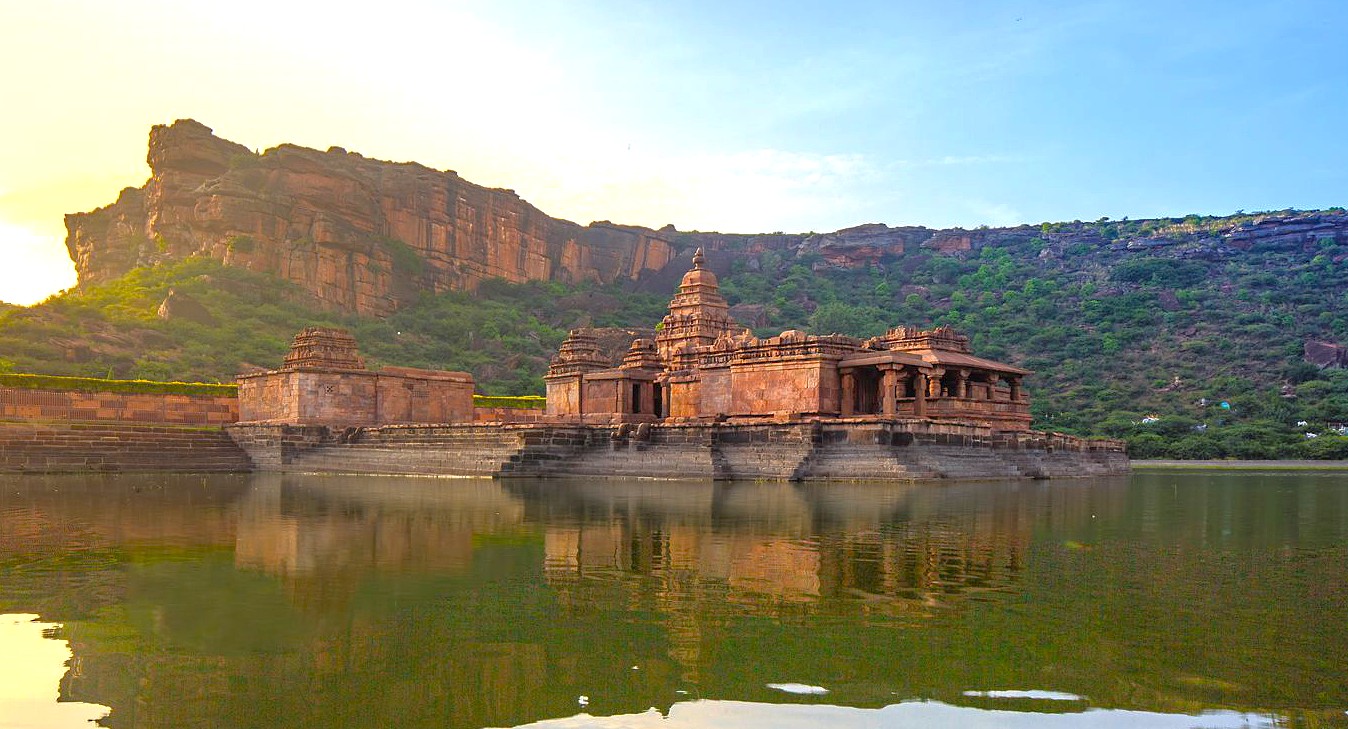
Bhuthanatha Temple Badami India: Sacred Spaces
Within we can observe several artifacts that epitomize the rich spiritual heritage of the region. The temple is primarily known for its intricate carvings and unique shrines, dedicated to various deities associated with Hindu mythology. One of the temple's highlights is its vivid sculptures, which tell stories from ancient texts, allowing us to connect deeply with the past. The complex is a UNESCO World Heritage site, recognized for its outstanding universal value. Among the sacred spaces, the main sanctum houses a Shiva linga, symbolizing the divine nature of our existence and the cycle of creation and destruction. Each corner of the temple reflects various artistic motifs that add layers to our understanding of the historical context and religious practices of that era.
Ancient Mosaics: Impeccable Craftsmanship
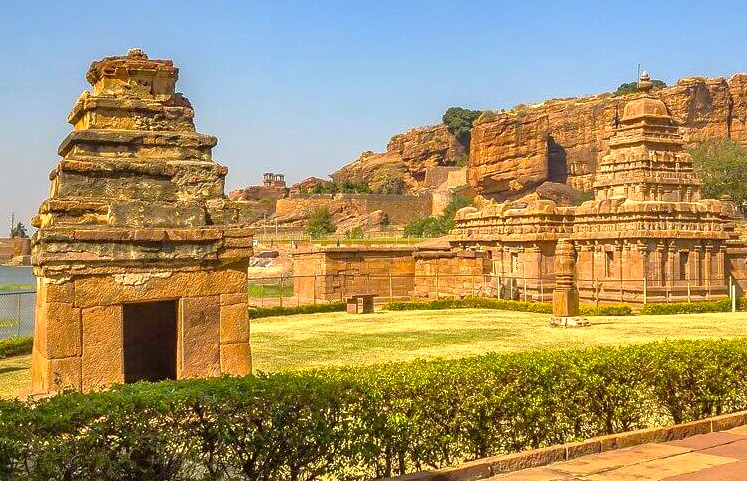
The craftsmanship evident in the temples reveals the incredible skills of artisans who worked tirelessly to create these lasting masterpieces. The Bhuthanatha Temple features a combination of Dravida and Nagara styles, with meticulous stone carvings and inscriptions that illustrate the narratives central to Hindu beliefs. The oldest structures date back to around 700 CE, reflecting the early influences of the Chalukya Dynasty. We behold the ornate pillars, finely chiseled with motifs of celestial beings and floral designs, inviting us to explore their intricate details.
The Pulse of the Local Community
Bhuthanatha Temple Badami India. The local people surrounding the temple plays a vital role in preserving its history and heritage. Renowned for their warmth and welcoming nature, the residents of Badami take pride in their cultural identity, which is closely tied to the temple’s presence. Their deep-rooted spirituality and respect for ancient traditions permeate the community's interactions, creating an environment that feels engaging yet peaceful. As we engage with the locals, their commitment to celebrating their heritage is clear. Many community members are involved in maintaining the temple, guiding us through its history, helping us appreciate its importance beyond its physical structure.
Capturing the Magic: A Photographic Haven

Bhuthanatha temple reveals a wealth of interesting scenes for anyone interested in capturing images. The stonework shows detailed carvings, with shapes and symbols standing out along the temple’s sides. Sandstone cliffs rise nearby, their layers visible behind the structure. The light shifts quietly, changing the look of both rock and building through the day. Steps lead to the water’s edge, where reflections form natural patterns. The area stays quiet, with occasional sounds from nearby birds or soft movements on the water. Walls feature weathered surfaces and various textures.
A Culinary Journey: Savor the Flavour
Food is an integral part of local culture, and the area around the temple is renowned for its distinctive flavors. Bisi Bele Bath is a popular dish, featuring rice, lentils, and a medley of vegetables tempered with spices. This dish represents the culinary traditions of Karnataka and reflects the regional palate. To prepare this dish, the ingredients are cooked together, allowing the flavors to meld, creating a sumptuous meal that is both satisfying and nourishing. It's a dish you should not miss when you explore the local dining options, bringing together the essence of the region in every bite.
The Connection with the Gods

The temple beside the lake is dedicated to Shiva, who holds an important place in stories and customs here. Stone carvings on the temple often show Shiva with Parvati, highlighting key moments described in local tales. One legend tells of Shiva arriving in this region with Parvati and facing a challenge from a figure called Andhaka. The account describes a struggle on this ground, with the story marking change for the area. Once peace returned, the temple was built using local stone and shared knowledge. As we walk, we can see architecture and stories blending.
Festivals of Devotion: Honouring the Sacred and the Divine
Bhuthanatha Temple Badami India. The cultural fabric of the area comes alive during festivals that draw devotees and locals in celebration. Notably, the Mahashivaratri festival, usually held in February or March, is a time when the temple attracts numerous participants who gather for prayers and rituals dedicated to Shiva. During these celebrations, priests perform elaborate rites, invoking the blessings of the divine while attendees participate in evening vigils.
Ancient Technologies: Sound, Geometry & Astrological Influences
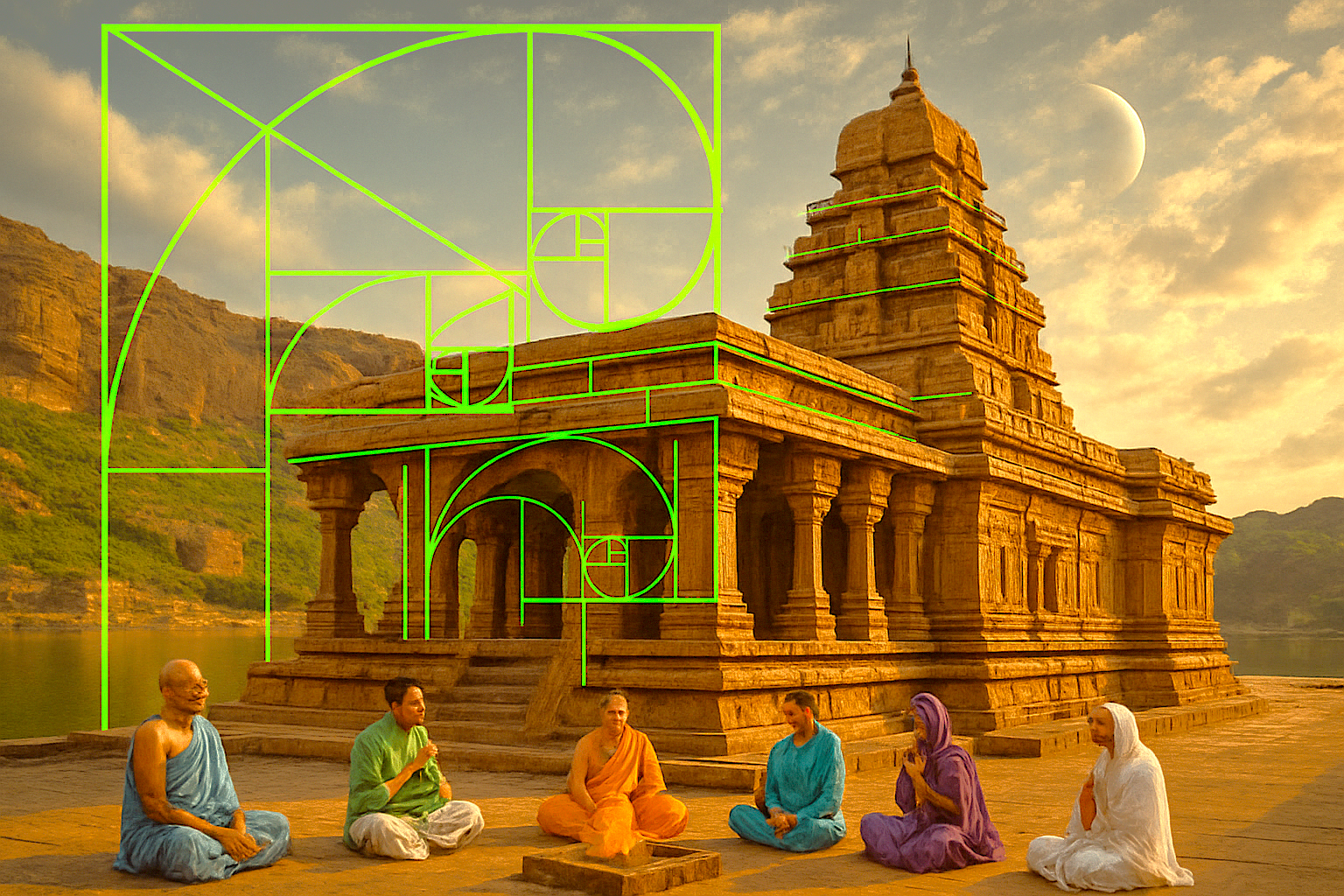
The Temple stands near the lake, its shape and form designed with careful attention to principles of Vastu Shastra. The temple’s layout uses patterns of sacred geometry, creating lines and spaces that reveal ideas of balance and proportion. As we look at the structure, we can notice how these choices reflect ancient beliefs about harmony in the world. The stone walls help form unique sounds, with spaces allowing vibrations to move naturally. The design is thought to align with Solfeggio frequencies, producing tones that carry through the temple.
Serendipitous Meetings: Beyond the Main Path
Walking through the town surrounding the temple, one may stumble upon unexpected treasures. Small artisan workshops display handmade crafts and textiles, providing a glimpse into the skills passed down through generations. Engaging with local artisans offers us insights into their craft, revealing the effort that goes into creating these unique items. Food stalls dot the streets, serving traditional snacks and dishes that fill the air with tempting aromas.
Resilience and Renewal: Overcoming Adversity’s Challenges
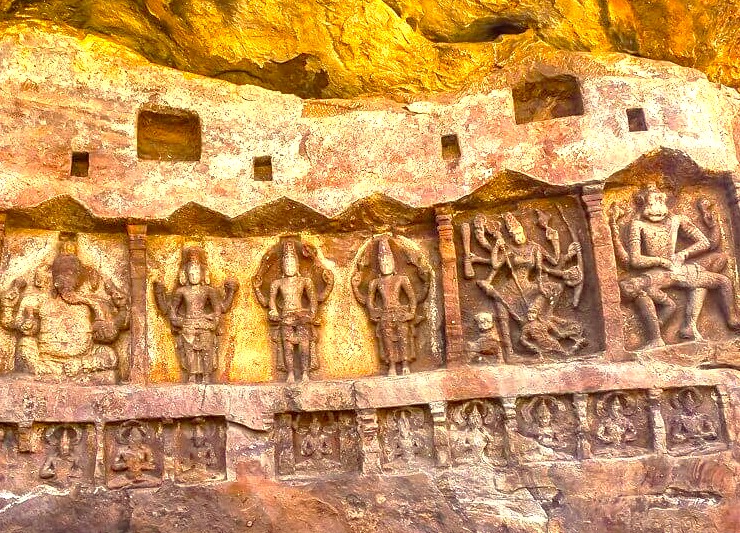
Throughout its history, this area has faced challenges, including significant battles and natural events that shaped its narrative. One pivotal moment was the Battle of Badami in 548 CE, where King Pulakeshin II repelled neighboring kingdoms, securing the region's identity and influence. Natural disasters, such as floods and erosion, have also impacted the temple and surrounding structures over time. Despite these adversities, local communities rallied to restore their heritage, demonstrating resilience and determination to preserve their history. Restorations have allowed the temple to regain its former beauty.
Urban Legends: Strange Sightings, Myths and Mysteries
The area is filled with local myths and legends that enhance its mystique. One intriguing tale involves the story of Brahma Siva, a mystical connection between Lord Shiva and a dedicated devotee. According to local lore, it is said that the spirit of the devoted is often sighted wandering near the temple, protecting its sanctity. Another legend tells of hidden treasures buried beneath the temple, waiting for a worthy soul to uncover them.
It’s Time to Leave the Comfort Zone
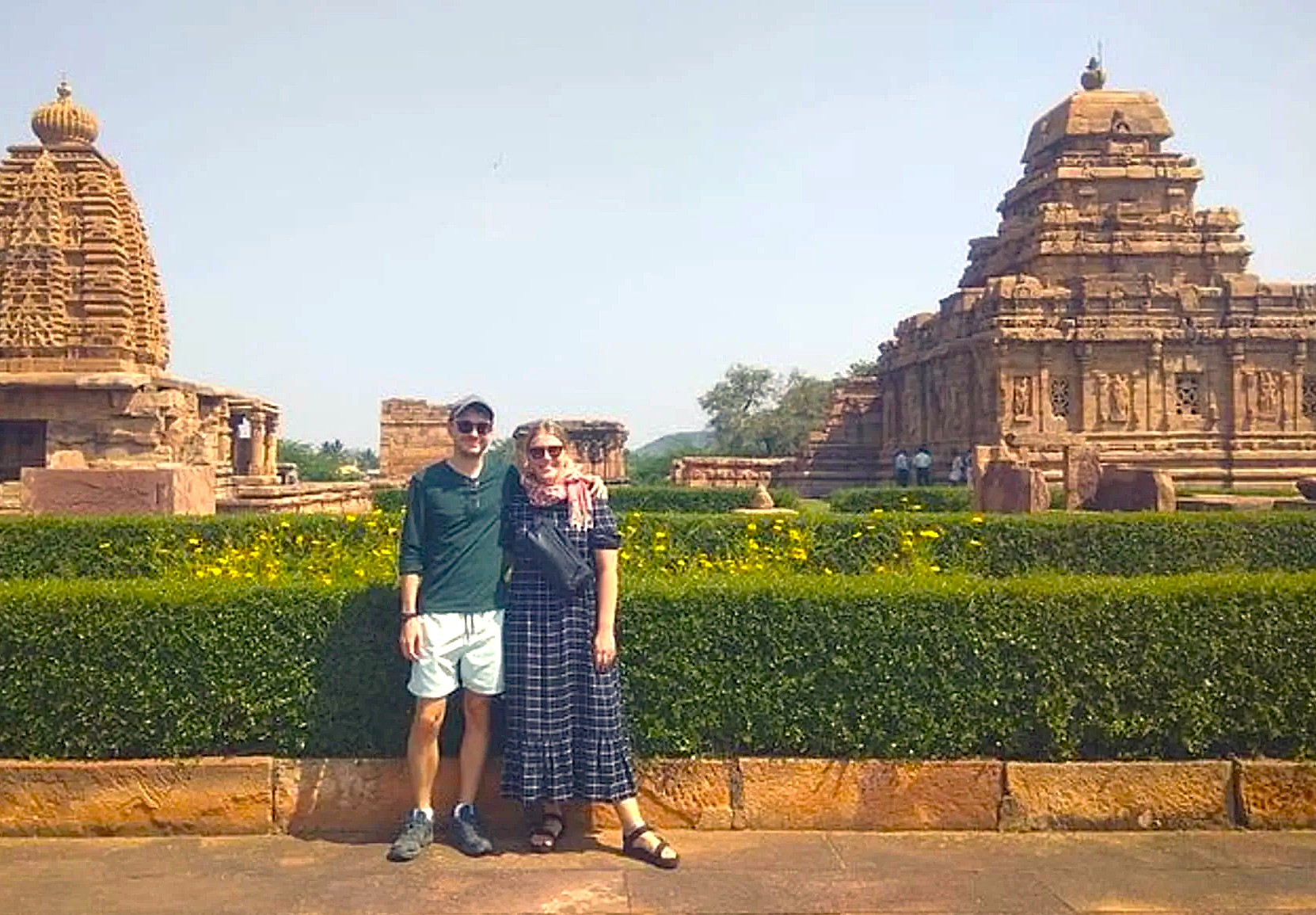
The interchange between travelers and the local community fosters a spirit of generosity. Local businesses thrive as they cater to those who seek to understand the culture through authentic experiences. In return, the community welcomes us with open arms, enriching our journey and providing insights into their cherished traditions and lifestyle. As we immerse ourselves in the local customs, this exchange benefits the local economy and strengthens the tapestry of culture. This harmonious relationship fosters respect and appreciation for one another's journeys.
Symphony of Generosity: Offerings from Wanderers to Residents
Bhuthanatha Temple Badami India. The interchange between travelers and the local community fosters a spirit of generosity. Local businesses thrive as they cater to those who seek to understand the culture through authentic experiences. In return, the community welcomes us with open arms, enriching our journey and providing insights into their cherished traditions and lifestyle. As we immerse ourselves in the local customs, we find that this exchange not only benefits the local economy but also strengthens the tapestry of culture, creating lasting memories together. This harmonious relationship binds us to the land, fostering a sense of belonging, respect, and appreciation for one another's journeys.